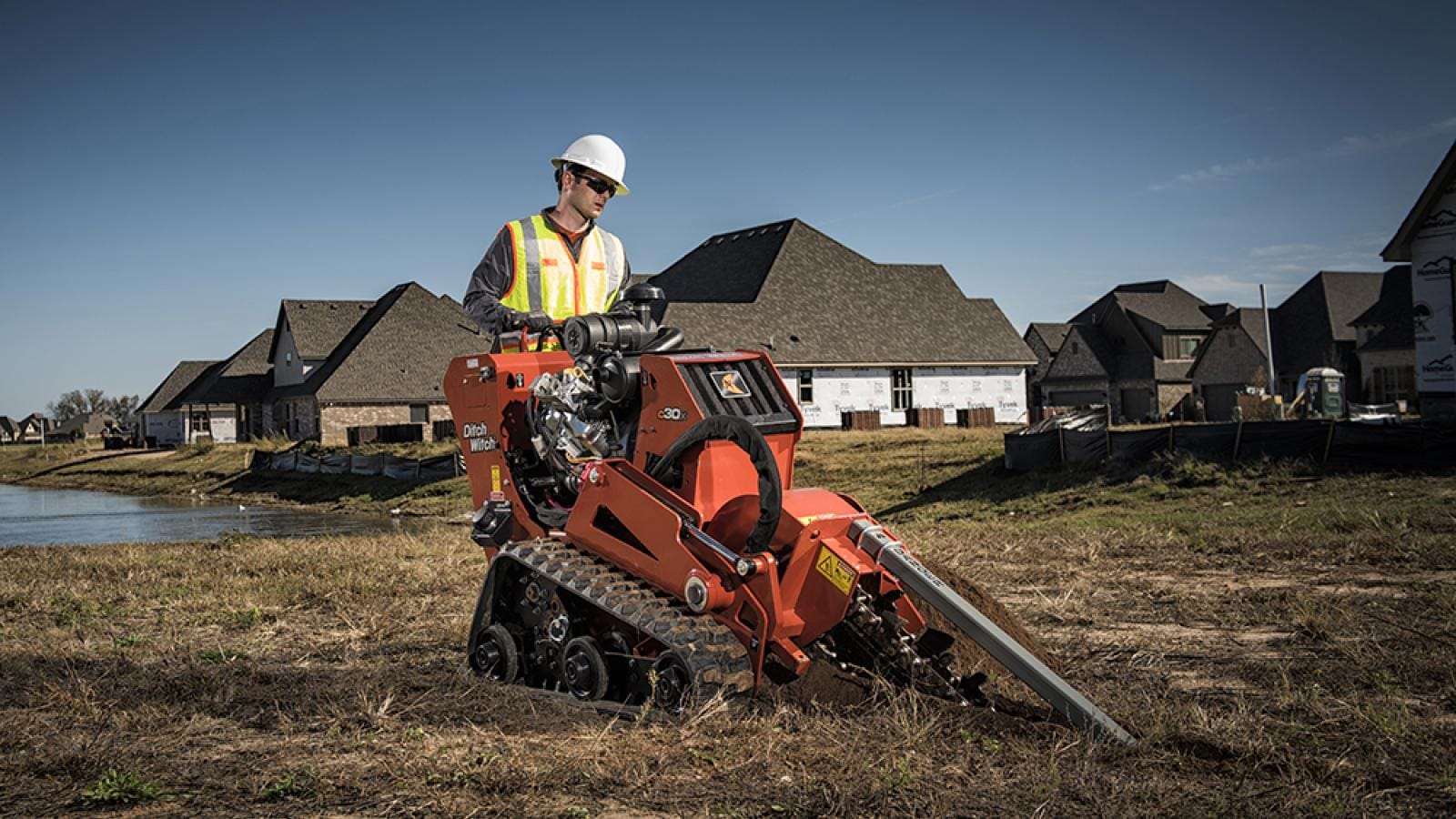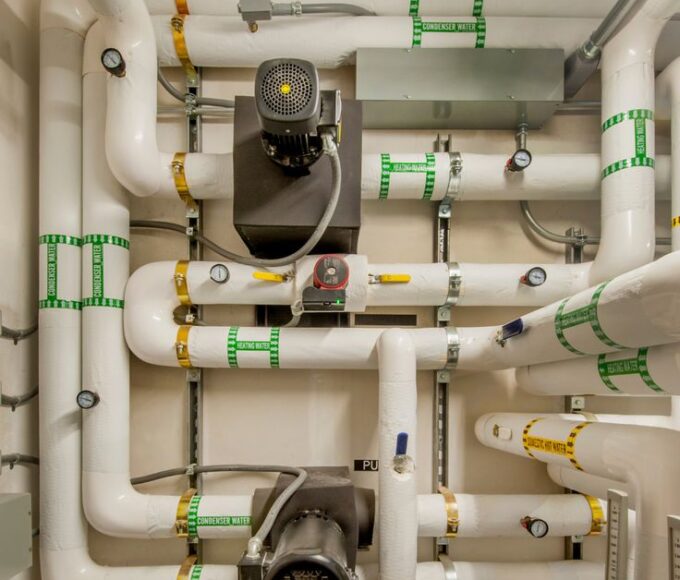Trenchers are heavy equipment meant for cutting narrow trenches in one way or the other whether for laying pipelines or landscaping. If you already own one, or you’re planning to rent one, it is important to know how to operate a trencher equipment correctly and safely even if you’re just starting with it. To avoid these and other issues, you have to approach your projects with the suitable skills/ and/ or knowledge/ Overall, the approaches you need when working on your projects are necessary to know so that you can handle your projects and avoid the risks that accompany them. Well, that’s enough of the features, so, we proceed with how you can use this trencher like it was made for you!
The Importance of Proper Training and Certification
The appropriate training and certification are quite important when it comes to using a trencher. Operational and safety knowledge about the machine means the operators are capable enough to work with it efficiently.
Training offers information on how trencher tools function, how they are controlled, and some of the things that require servicing. This knowledge is very important when tramming on site in order to avoid occurrence of accidents.
In certifications, sometimes tests are performance-based, signifying the knowledge of how to use the equipment. It serves to inform employers and clients that an operator has all the required skills.
Further, trained operators are able to ascertain risks that may likely lead to genuine complications. They are well placed to make decisions that advance safety thus minimizing risks for all the stakeholders.
Spending time in proper training pays particularly with confidence and, therefore, efficiency when the exercises are underway. When you contract a trencher with an accredited operator, you are assured of good results while observing safety for your project.
Steps for Preparing to Use a Trencher
Safety measures are of high importance before using a trencher. The first step is to start by reading the manual of the operator. Targeted at this is useful for becoming acquainted with the machine’s features and the operations of its controls.
Secondly, dress appropriately – success in get-rich-quick schemes, like all excitements, requires the right costumes. Helmets with face shields, protective masks and gloves and steel capped boots are worn to shield against impacts from falling objects.
Take a look at the working environment. With pests to exercise control, eliminate any items that might hinder digging like rocks or roots. Be sure no related utility lines may be buried; consult with local services if doubtful.
One might be tempted to choose the shortest route for a trench, but that thinking must be cast aside by opting for a route with precision. This way, time will not be spent-uselessly when you begin operation since you already know the areas that require it.
Make an extensive examination of the actual trencher used in making the ditch. Funny enough, you should check for signs of wear on belts or little leaks before turning the HVAC on so that you won’t be stuck halfway through a project because the system has broken down. It not only helps one keep off from unnecessary accidents, but it also helps to increase one’s efficiency while operating through trencher hire solutions.
Safety Guidelines and Precautions
First of all, safety should be a number one priority while using a trencher. It is recommended to put on the right personal protective gears including hard hats, gloves, security glasses, and steel capped shoes. All these are important in protecting one from the existing dangers within the environment.
To do this, first mark the land to be compiled on top, with objects such as stones, debris or other things that could hinder your excavation process. Very often there are underground utilities such as gas lines or electrical cables; informing them can cause severe consequences.
Make sure everyone in the vicinity is aware of what you are doing. Put up barriers or have signs that depict areas not to be invaded by unauthorized personnel.
Before using the trencher, clients should always engage the control systems to ensure that they are running well. This means that while on a particular job, one cannot be caught unawares by a breakdown or failure of the equipment they are using.
It is however important not to operate the machine when it is wet as this will greatly raise the risks of operation. Thus, staying vigilant will be useful to ensure protection at the workplace during the course of the project.
Operating the Trencher Techniques and Tips
Operating a trencher is not an easy task; it takes both skill and concentration. The first thing to do is to get used to the controls of the application. Each machine can be slightly different, so stop to find out exactly what each control does.
During digging do not run around, always jog. One must be very careful not to dig in straight lines to maintain equal trench depth and proper trench width. Look forward to the ground; it helps you identify barriers early enough.
Mainly adopt correct sitting postures that will enable them to have comfort as well as a good grip over the controls. Put the back of one’s body against the back of the seat while maintaining a firm hold of the controls. This position is beneficial for stability during operations due to the fact that,.
Take time to survey the environment as you dig in order to have that clear angle of view. See to it that there will be no overhead structures or pipes or cables or utility lines within the working area.
Don’t rush through tasks. Professional work delivers a better outcome and keeps work-related mishaps and equipment loss to a minimum in the long run.
Common Mistakes to Avoid
As mentioned earlier there are several mistakes that should be avoided, most of them are dangerous to the operator as well as those working nearby. Among them, one of the most common mistakes is the lack of preliminary inspection before work starts. Before beginning any work, always ensure the machine is checked and or examined for signs of wear and tear.
A third misjudgment is not painting utilities that are found underground. These mistakes can result in an accident or expensive damages; hence it is recommended that before digging the trench find out the location of the gas line, water pipes and electricity wires.
Inadequate posture and ergonomic conditions any time there is use of the trencher are also likely to cause harm. The hands and thumbs should always stay on the controls and grip must be tight. No distractions allowed – concurrent concentration makes things safer and work more efficient.
While it is tempting to load the trencher with as much material as possible to work with at once, this is likely to create a problem by either causing structural failure of the machines or shortening their useful lifespan. The materials should be loaded in the machine without exceeding certain amounts for the optimal functionality of the machine.
It is very important to monitor and sometimes adapt your operation to matters like weather because they can hit your business hard. Soggy surfaces make terrains less stable, wind can hinder clarity, and frost could freeze mechanical parts – expect these trials.
Thus, avoiding these mistakes, you will not only protect yourself but also get more efficient with hire trencher services for any excavation work.
















